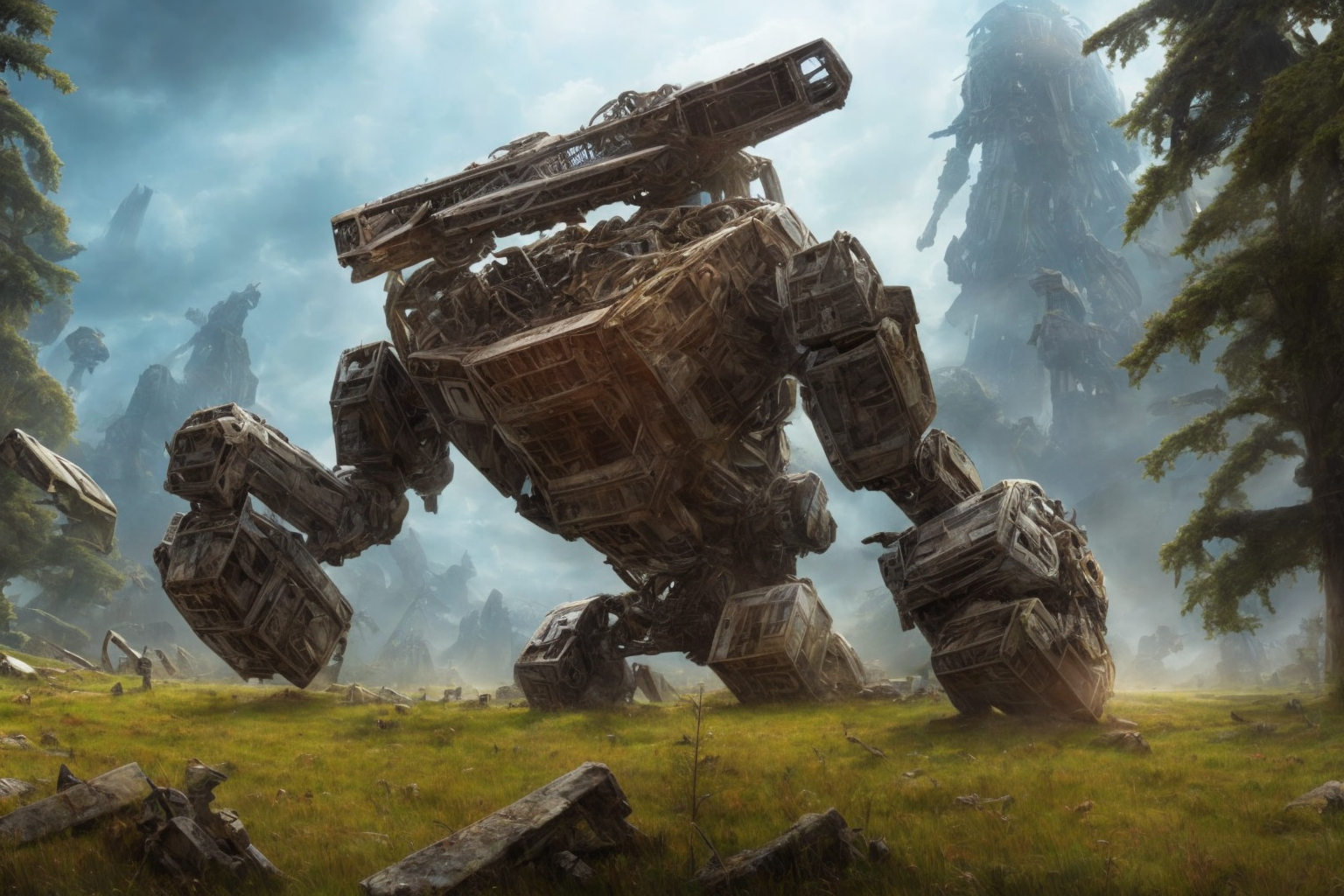full text can be found here : https://www.govinfo.gov/content/pkg/FR-2023-03-16/pdf/2023-05321.pdf
The U.S. Copyright Office has issued a policy statement clarifying that AI-generated works are not eligible for copyright protection unless a human author contributes significant creative input. The Office maintains that copyright protection is reserved for works created by humans, but acknowledges the evolving landscape of AI in artistic creation.
Key points:
- AI-generated works are not eligible for copyright protection on their own
- A human author must contribute significant creative input to the work
- The Office will continue to monitor legal and factual developments involving AI and copyright
- AI can be considered a tool used by human authors in the creative process
- Copyright protection is reserved for works created by humans, with original expression and creativity
Examples that can be copyright protected:
- A human artist uses AI to generate multiple styles for a painting, but the artist selects, modifies, and combines elements from those styles to create a final, unique work
- An author uses AI to suggest plot ideas or character traits, but the author ultimately writes the story and develops the characters themselves
- A musician uses AI to generate a chord progression or melody, but the musician significantly alters and expands upon it to create an original composition
- A human artist uses AI to generate abstract patterns, but the artist then manually selects, repositions, and modifies these patterns to create a unique digital collage
- An artist provides an AI with specific input parameters (e.g., color palette, subject matter) and uses the AI-generated output as a base for further manual adjustments and additions to create a distinctive final artwork
- A photographer uses AI to enhance or retouch an image, but the photographer retains control over the overall composition and makes significant creative decisions regarding the final outcome
Examples that cannot be copyright protected:
- A purely AI-generated painting, where the AI autonomously chooses the subject matter, style, and colors without any human intervention
- An AI-generated story where the entire plot, setting, and character development are created by the AI with no human input
- A music piece entirely composed and arranged by AI, without any creative input or modification from a human artist
- A digital artwork created by an AI based on a random selection of input data (e.g., various photographs), with no human involvement in the creative process
- An AI-generated reimagining of an existing artwork, where the AI autonomously selects the elements to change or update without any human input
- A series of AI-generated portraits or landscapes, where the AI automatically chooses the subjects, styles, and color schemes, and no human artist has a hand in the creative process
When it comes to character creation, the copyright protection for AI-generated characters depends on the level of human input and creative decision-making involved in the process.
Examples:
- If an AI is used to generate various character design elements, but a human artist then selects, combines, and refines these elements to create an original character (e.g., a new superhero inspired by Spider-Man), the final character design could be copyright protected due to the artist’s significant creative contribution.
- Conversely, if an AI autonomously generates a character without any human input (e.g., a completely new character with a unique appearance and backstory), the resulting character would not be eligible for copyright protection, as there is no human authorship involved in the creative process.
If training the AI model required significant human intervention and creative decision-making, the generated images may be eligible for copyright protection. The human author’s involvement in selecting, refining, and adjusting the model, as well as in guiding the creative direction of the generated images, could potentially meet the requirement for human authorship. However, it’s important to remember that copyright eligibility is determined on a case-by-case basis, and each specific instance may have unique considerations. As the legal landscape surrounding AI-generated art continues to evolve, it is always advisable to consult with a legal expert for specific guidance on copyright matters.
